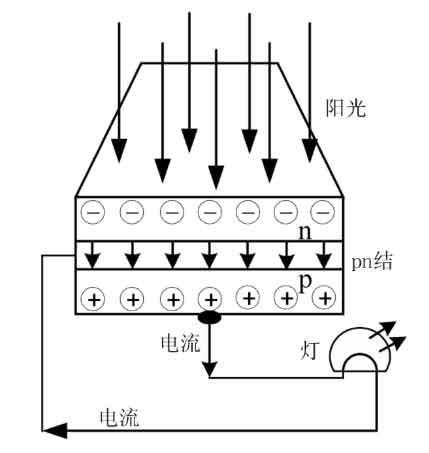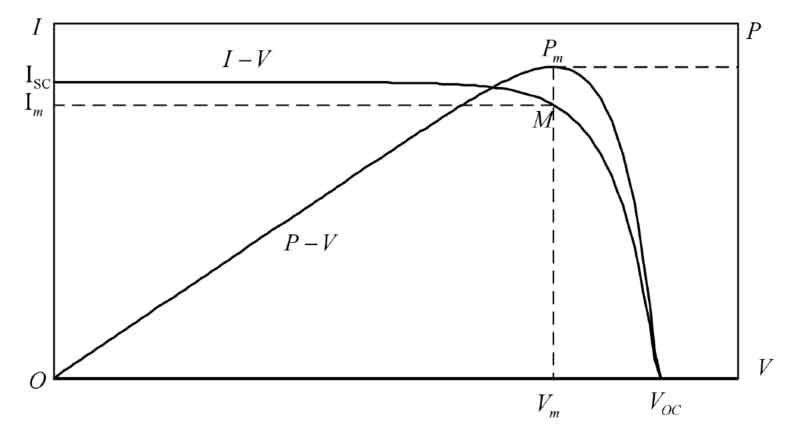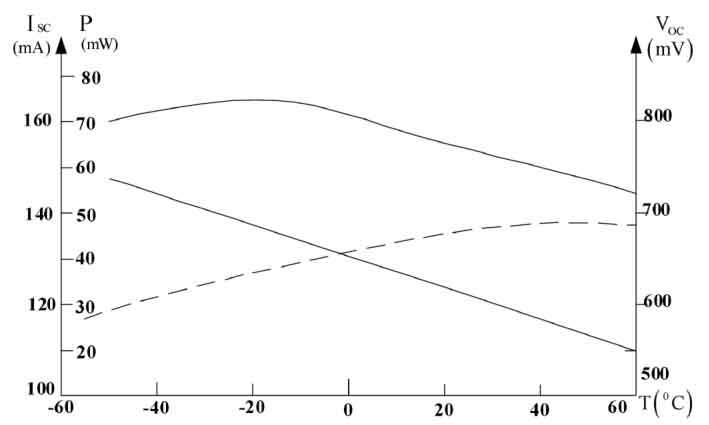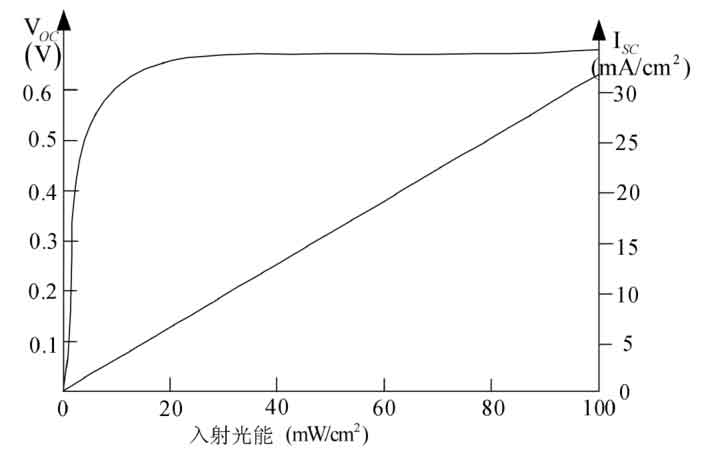1. Introduction to Solar Cells
Solar cells are used to directly convert the radiant energy of the sun into electrical energy. So far, the development of solar cells has gone through three generations: the first generation is solar cells based on silicon wafer technology, which can be divided into monocrystalline silicon photovoltaic cells and polycrystalline silicon solar cells; The second generation is solar cells based on semiconductor thin film technology, which can be divided into polycrystalline silicon thin film cells and amorphous silicon thin film cells; The third generation includes multilayer films, stacked semiconductors, and quantum materials. Currently, most ground solar photovoltaic systems are based on silicon solar cells.
2. The working principle of solar cells
The full name of “photovoltaic effect” is “photovoltaic effect”. The phenomenon of potential difference between uneven semiconductors or different parts of semiconductor metal bonding caused by light exposure. The photochemical effect refers to the chemical reaction triggered by the absorption of energy from foreign photons by the molecules of a substance. A solar cell is a device that directly converts light radiation energy into electrical energy, and the working principle of this device is photochemical effect or photoelectric effect. At present, solar cells using the principle of photochemical effects are still in their early stages, while thin film solar cells operating on the principle of photoelectric effects are more mainstream. The working process is as follows: sunlight directly radiates onto the semiconductor p-n junction, forming a new hole electron pair. Under the electric field force of the p-n junction electric field, electrons flow from the p-region to the n-region, while holes flow in the opposite direction, that is, from the n-region to the p-region. When the external circuit is connected, a current can be formed. The basic unit physical model of solar cells is shown in Figure 1:

3. Equivalent circuit model of solar cells
The circuit shown in Figure 2 is a simplified equivalent circuit model of a solar cell. We can have a good understanding of the working process of solar cells through it. It can be seen that it is composed of a diode and a photosensitive current source. The photons in the light source are absorbed by the solar cell material. If the energy of photons is not higher than the energy band of solar cell materials, electrons are bound in the conduction band, and conversely, they are excited into the conduction band. If an external load Ro is connected to the output terminal of the solar cell and forms a path, it will generate a loop current oI and establish a terminal voltage Uo at both ends of the load.

As shown in Figure 2, the equivalent circuit of this solar cell consists of an optical current source, a shunt resistor Rp, and a series resistor Rs. The solar cell model must represent some losses using shunt resistance Rp and series resistance Rs, respectively. The size of the series resistance is crucial because it limits the short-circuit current Isc and maximum available power Pmax of the solar cell.
There are many factors that determine the size of the series resistance Rs of solar cells. The main factors are the presence of metal contact resistance on the solar cell, the concentration of impurities, and the Ohmic loss on the front surface of the solar cell. In an ideal situation, the value of the series resistance Rs is very small, almost close to zero. The reason for the existence of shunt resistor PR is caused by leakage current or lattice defect loss along the edge of the solar cell. In an ideal scenario, the value of the shunt resistance PR should be considered as an infinitely large number.
4. The output power of solar cells
According to the equivalent circuit model of the solar cell in Figure 2, when the current flowing through the load oR is Io and the load terminal voltage is Vo, the analytical formula can be obtained as follows.

And there is an output voltage:

The expression for the output power of a solar cell can be obtained by solving the simultaneous formula as follows:

According to the above formulas, it is not difficult to obtain the load characteristic curve of the solar cell when the load Ro increases from zero to infinity, as shown in Figure 3. Each point on the curve is a working point, and the horizontal and vertical coordinates corresponding to each working point are the voltage and current values of the current working point. When the load resistance Ro is adjusted to a certain value, a working point can be obtained on curve 3, which corresponds to the maximum product of the working voltage and current, that is:


Generally speaking, under fixed conditions, solar cells have only one maximum power point, which is the M point, which is also the optimal operating point for this solar cell.
5. Temperature and photoelectric characteristics of solar cells
There are many factors that can affect the power output of a solar cell array, among which the equivalent circuit of the solar cell and the formula temperature and sunlight intensity are the main factors. When the light intensity is kept constant, the short-circuit current Ics, open circuit voltage Voc, and output power P of the solar photovoltaic array will be affected by temperature changes. Figure 4 shows the temperature characteristics of the solar cell. From the graph, it can be seen that as the temperature T increases, the trends of open circuit voltage Voc, short circuit current Isc, and solar cell output power P are different. Only the short circuit current shows an upward trend, while the other two overall show a downward trend.

The photoelectric characteristic curve of the solar cell is shown in Figure 5. It can be seen that the open circuit voltage Voc of the solar cell increases exponentially with the increase of light intensity under weak illumination. However, under strong illumination, it quickly saturates and the value stabilizes around a certain value. It can also be clearly seen from this figure that the value that steadily increases with the increase of light intensity is the short-circuit current Isc of the solar cell.

